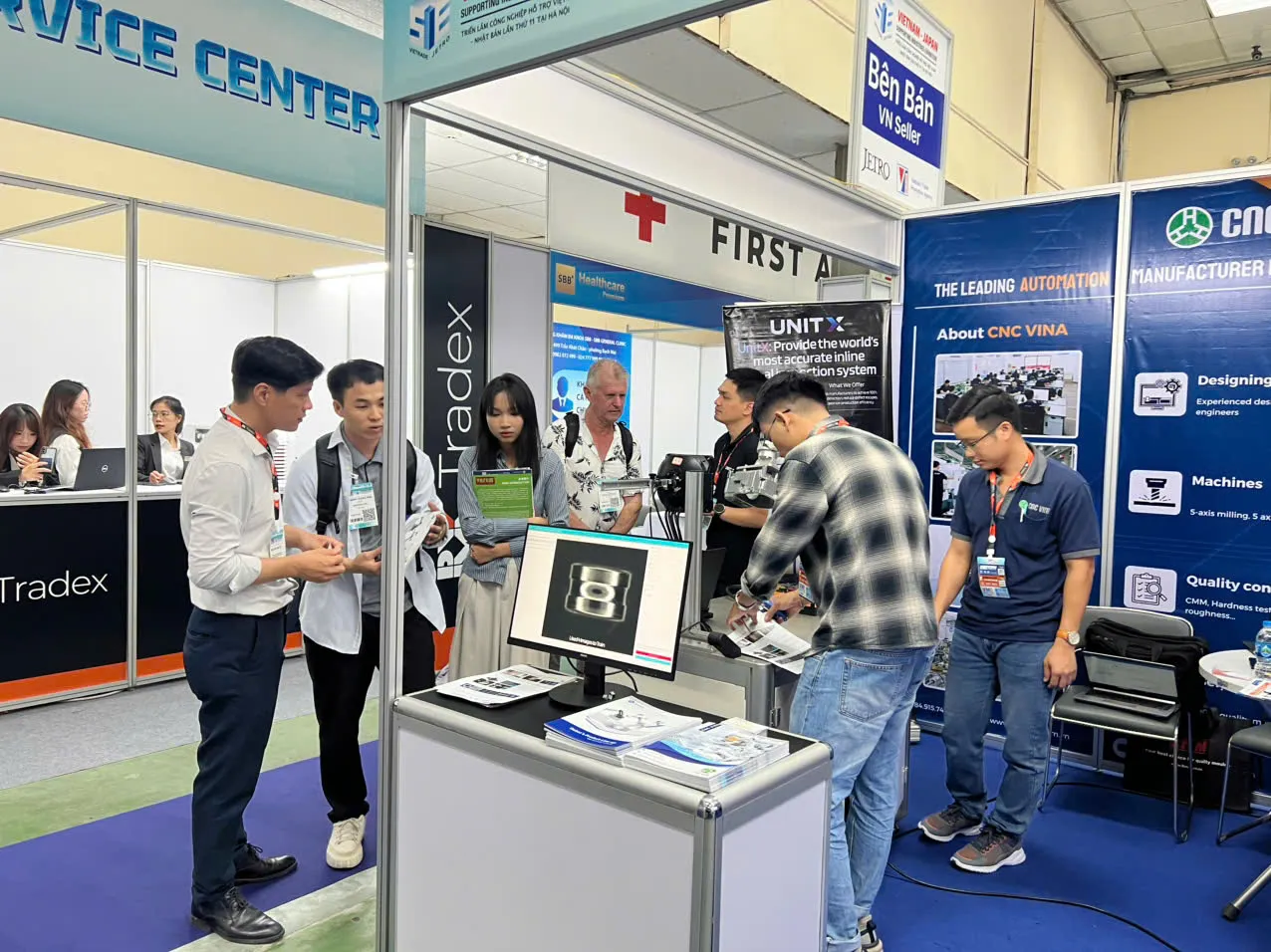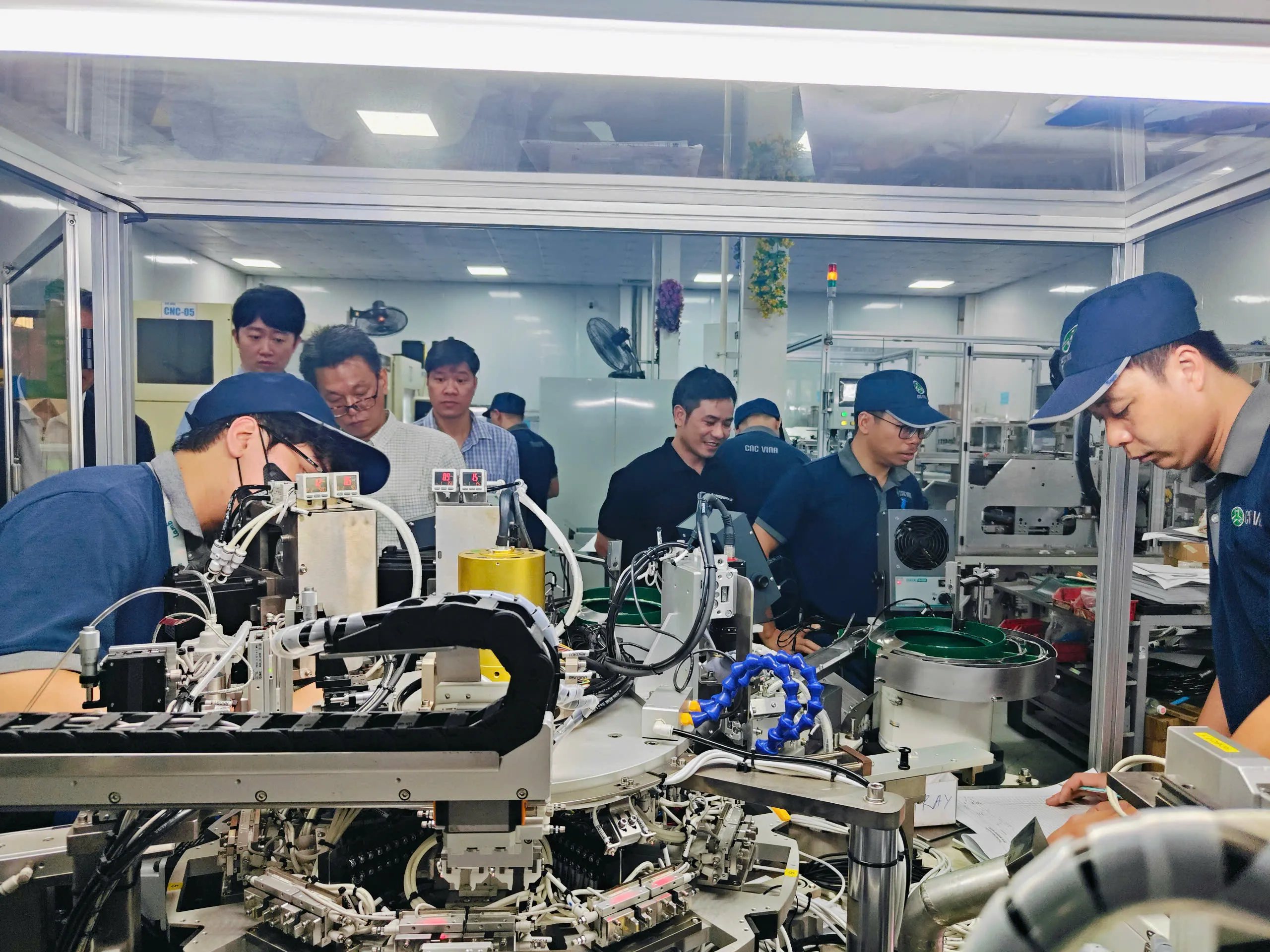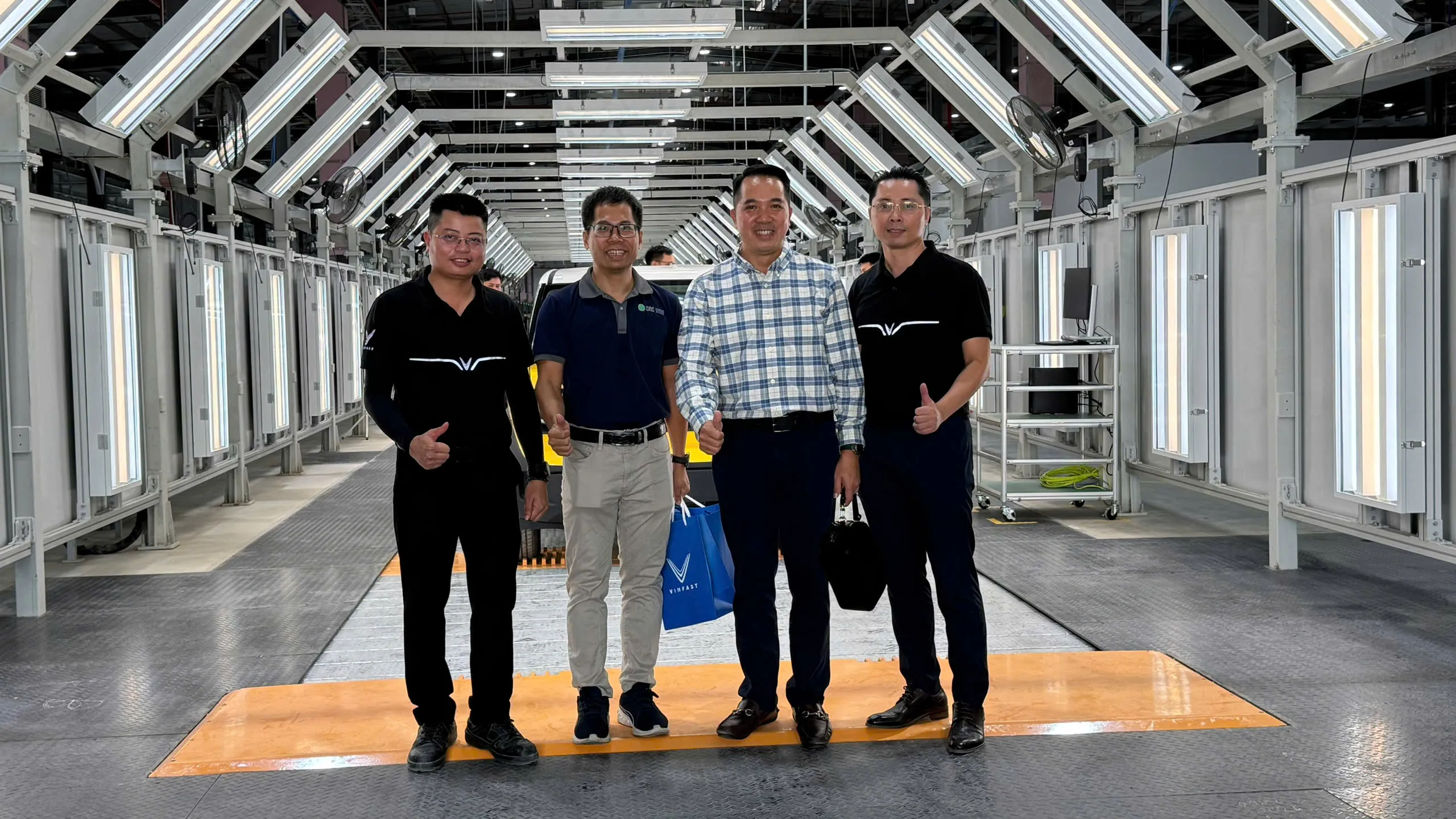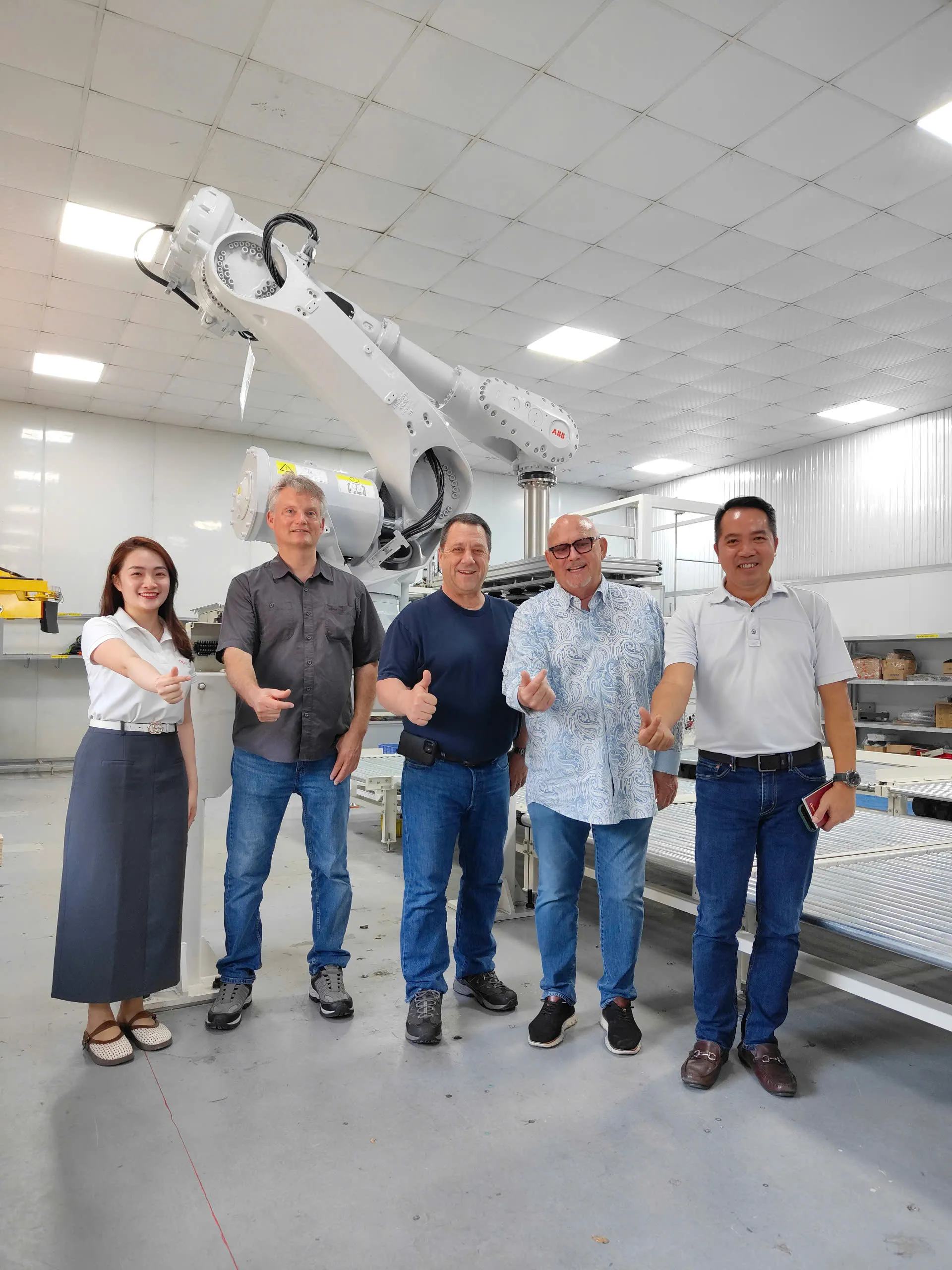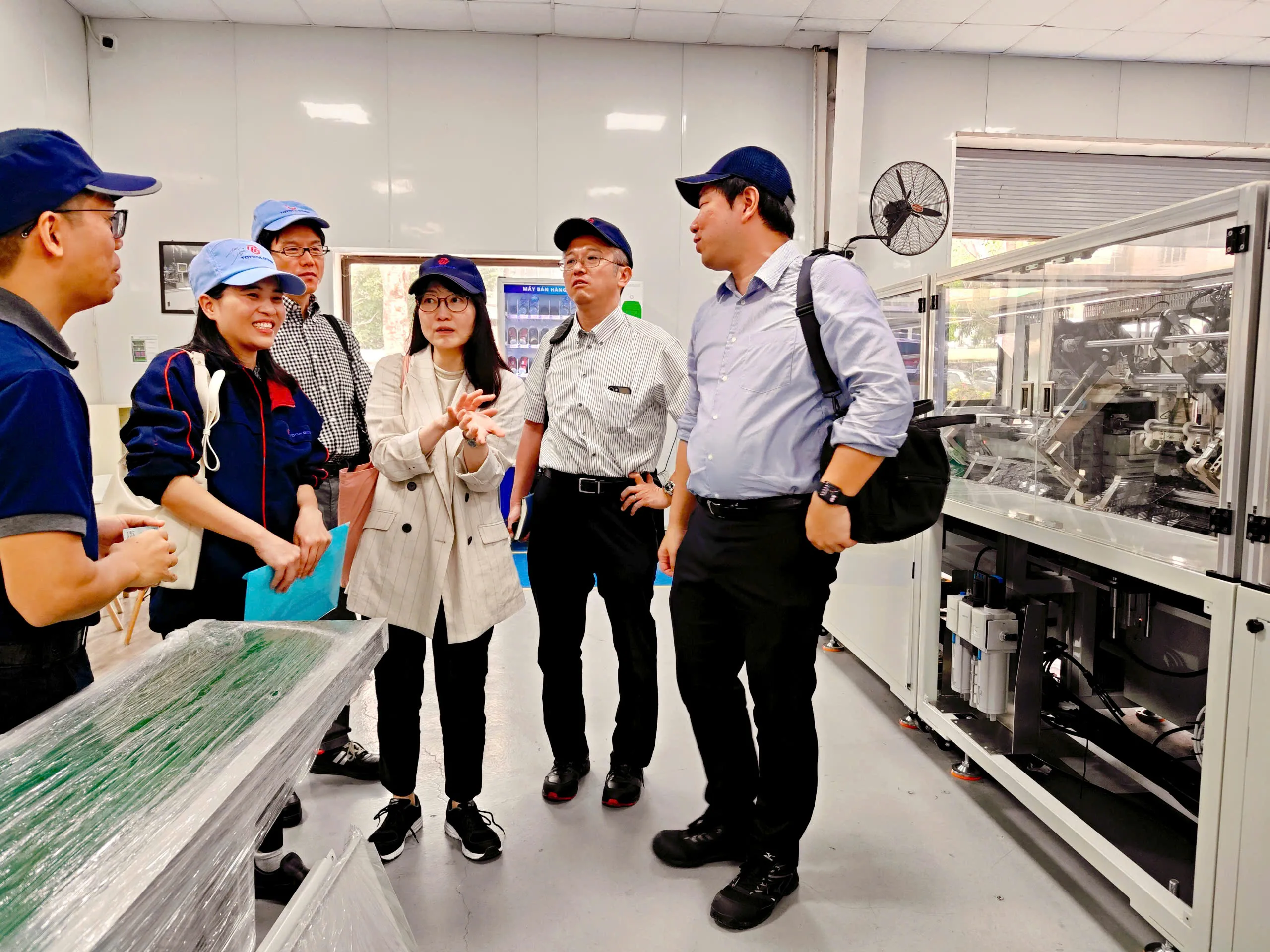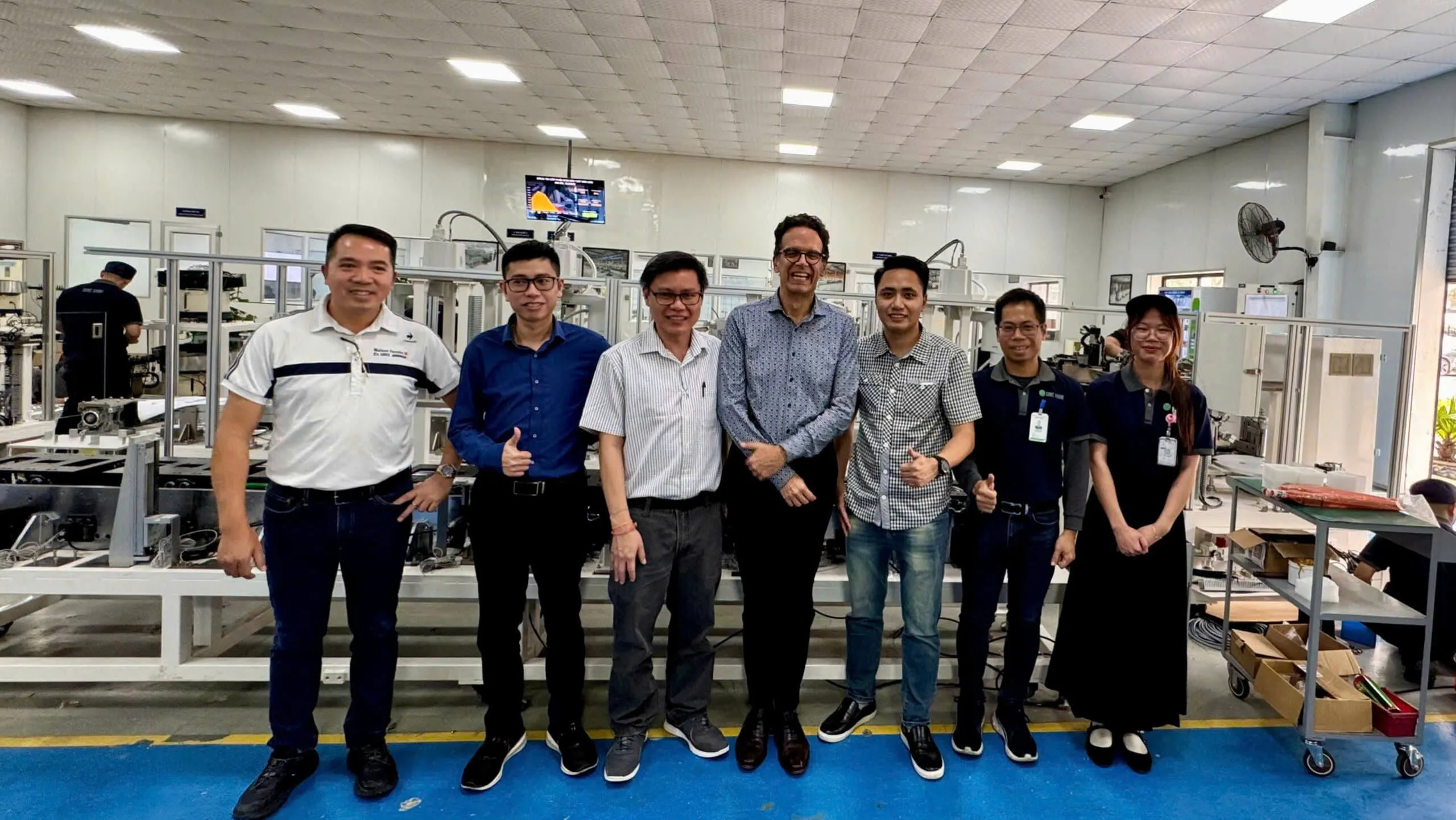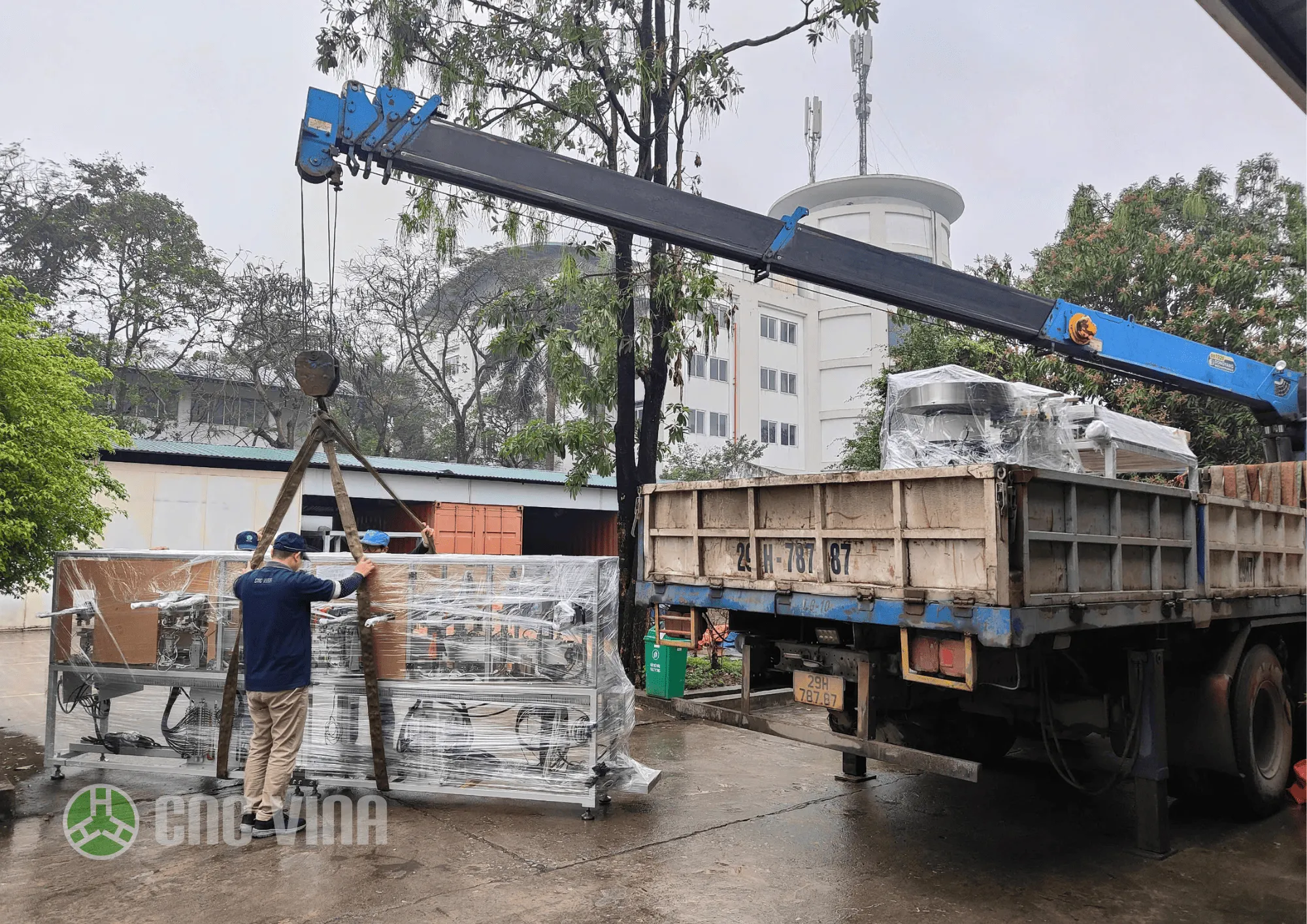What is an automatic laminating machine?
Introduction
Definition
An automatic laminating machine uses thermal technology to bond two layers of protective film together. The heated film melts and seals around the item, creating a smooth, professional surface. This type of lamination also offers superior protection against dust, dirt, moisture, and other environmental elements.
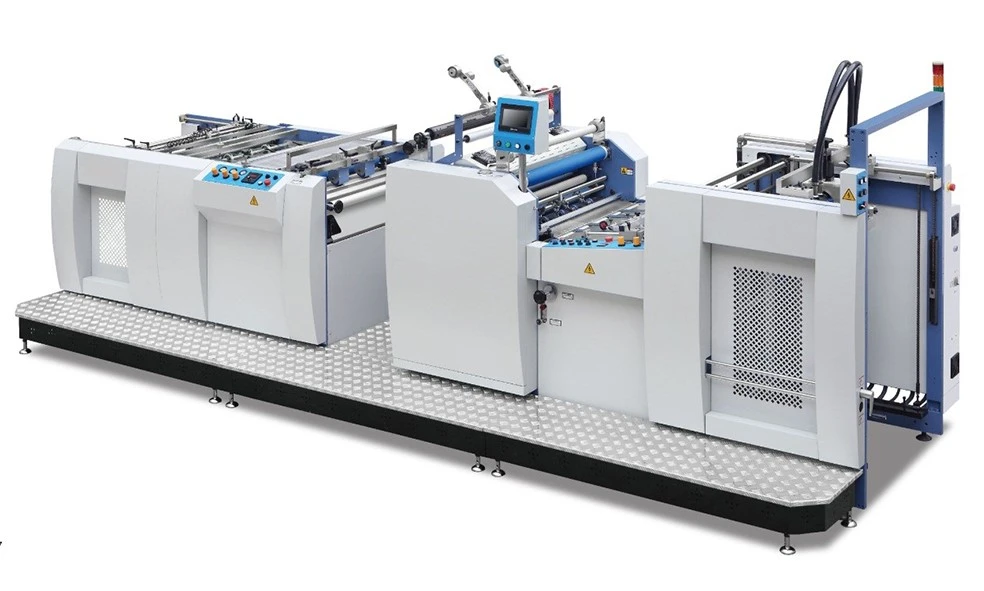
The process is quite simple – the product is first placed between two sheets of film and then fed into the machine. The machine heats the film and presses them together, forming a strong bond. Depending on the model, some machines can also cut multilayered items into smaller pieces or shapes if needed.
There are two types of automatic laminating machines
Automatic Roll Laminators
Automatic roll laminators use a long roll of film on both sides of the document and press it between rollers to apply the film. With features like automatic feeding and trimming, you can return to a neatly stacked pile of fully laminated and cut sheets.
Automatic roll laminators are available in standard formats for regular-sized projects as well as wide-format models. Wide-format laminators are ideal for large signs and posters. Some automatic roll laminators can handle both hot and cold lamination, which is a great feature if you occasionally need to laminate pressure-sensitive materials.
Automatic Cartridge Laminators
Automatic cartridge laminators use a built-in roll housed inside a cartridge, which feeds directly into the laminating machine. These machines are easy to operate and are well-suited for classrooms, small businesses, or quick-print shops that require standard laminating sizes from 8.5” x 11” to 11” x 17”.
These are the best automatic laminators if you need to laminate about 30–75 sheets at a time, a few times a day. Our top pick for automatic cartridge laminators is the GBC Foton 30, as it automatically feeds, laminates, and trims 30 pages after pressing start—with no warm-up time required.
How do automatic laminating machines work?
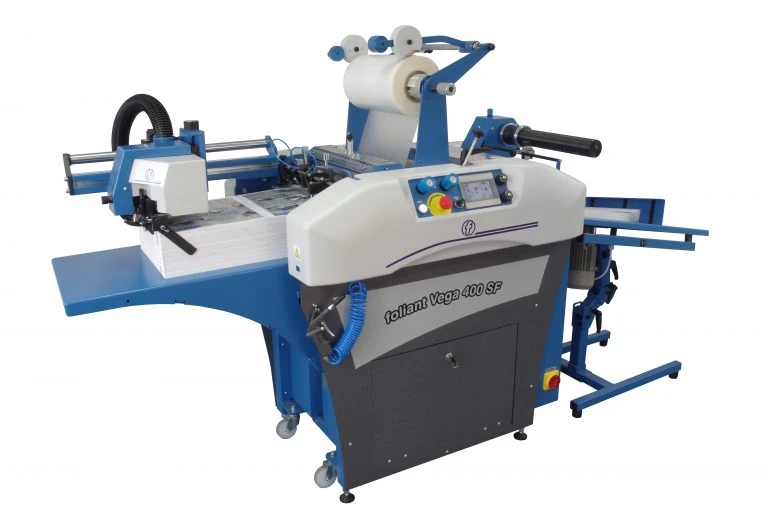
Automatic laminating machines are a great solution for businesses that need to laminate documents quickly and efficiently. These machines use a combination of heat, pressure, and adhesive to bond the laminate film to the document, producing a durable finish that protects materials from dust, water, and fading.
The process begins by inserting your document into the machine. This activates sensors that detect the paper size and initiate the heating process. As it heats up, two internal rollers apply pressure, and as they come into contact with your document, it becomes sandwiched between two layers of laminate film. The high temperature melts the adhesive on the films, bonding them around the paper—this is known as thermal bonding or hot lamination.
Automatic laminating machines are essential tools for many businesses to protect important documents quickly and easily. Professionals in the printing industry, school offices, and other fields find laminated materials to be critical to their daily work.
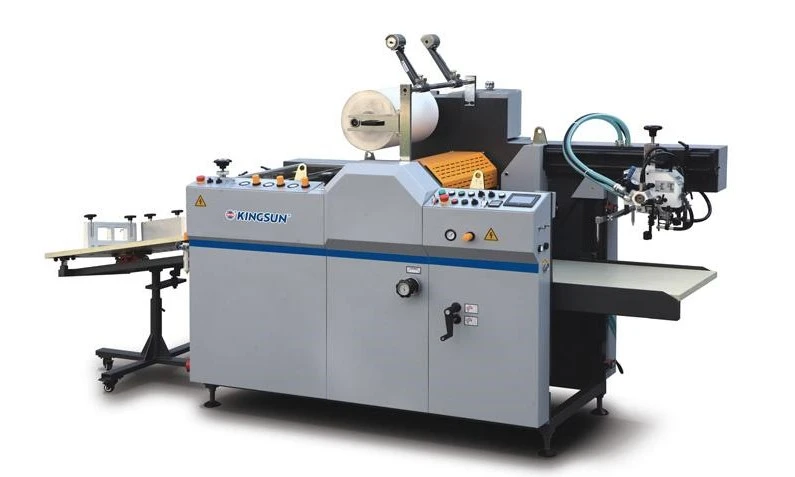
Automatic laminating machines are designed to quickly seal documents or photos inside a layer of plastic film, enhancing protection against dust, moisture, and general wear and tear. With these machines, multiple sheets can be laminated at once without the need for manual force.
Advantages of automatic laminators compared to traditional laminating machines
Automatic laminators offer several advantages over traditional laminating machines. They are capable of delivering high-quality results quickly and efficiently with minimal user effort.
By utilizing automated systems, users can save time and resources while still achieving consistently high-quality output. One major advantage is the time and energy savings. These systems are built to process large batches of documents in a short time, enabling faster turnaround for customers or users who need laminated materials urgently.
Moreover, these machines are extremely easy to operate; they require minimal effort from users as documents are automatically fed through rollers that evenly distribute the heated adhesive onto the paper or other laminated materials. This eliminates potential errors that can occur with manual glue application in traditional lamination processes.
Key benefits over traditional laminators
-
First, they are more efficient as they handle larger batches faster and with fewer errors.
-
Second, they require less manual labor due to the fully automated lamination process.
-
Third, they are more cost-effective because the automation reduces labor costs and material usage.
-
Lastly, they deliver superior finishing quality compared to traditional laminators.
Benefits of automatic laminating machines
Lamination remains the best way to protect printed documents or images. It is the preferred method whether you need to preserve a single sheet or enhance its appearance—be it in an office, print shop, or classroom setting.
Automatic laminators help save time, money, and effort while offering full protection for your materials. They can also enhance the look of a document by enriching ink colors.
With auto-trimming features, you can minimize errors, and every page comes out evenly finished, helping you maintain a professional appearance. Laminating protects your documents from fading and damage such as discoloration, wrinkling, smudging, and tearing. Automatic lamination reduces reprinting costs by extending the lifespan of your printed materials. Get more done in a day with your lamination tasks on autopilot.
Automatic laminators can easily load up to 30 sheets into the input tray—simply press start and move on to your next task. Your sheets will be automatically fed, laminated, trimmed, and stacked on the output tray.
Maintenance steps for automatic laminating machines
-
Start by ensuring the laminator is powered off.
-
Check for any material jams in the feed tray and clear them if necessary.
-
Inspect the rollers for wear and replace them if needed.
-
Apply lubricant to all moving parts.
-
Confirm all electrical components are securely connected and properly grounded.
-
Test all safety switches and sensors to ensure proper function.
-
Clean the rubber rollers using an approved cleaner and a soft cloth.
-
Perform a test run to ensure stable operation with no errors or malfunctions.
-
Record any issues found during the inspection and report them to maintenance staff for further repair if necessary.
-
Finally, turn off the laminator and store the maintenance log for future reference.
Automatic laminating machines are becoming the optimal solution for modern production lines due to their ability to improve productivity and ensure consistent product quality. With smart design, flexible operation, and built-in automation features, these machines help save time, labor, and operational costs. In addition, the use of automatic laminators enhances both the aesthetics and durability of the finished product. This is a growing trend in the packaging, printing, and industrial production sectors. Investing in an automatic laminator is a strategic step for businesses aiming to boost competitiveness and ensure sustainable growth. If you're considering an automatic laminator for your operations, contact CNC VINA today for the most detailed consultation tailored to your company’s needs!

 Tiếng
Anh
Tiếng
Anh



 Tiếng Anh
Tiếng Anh

